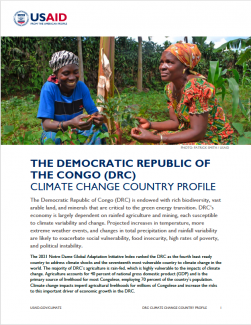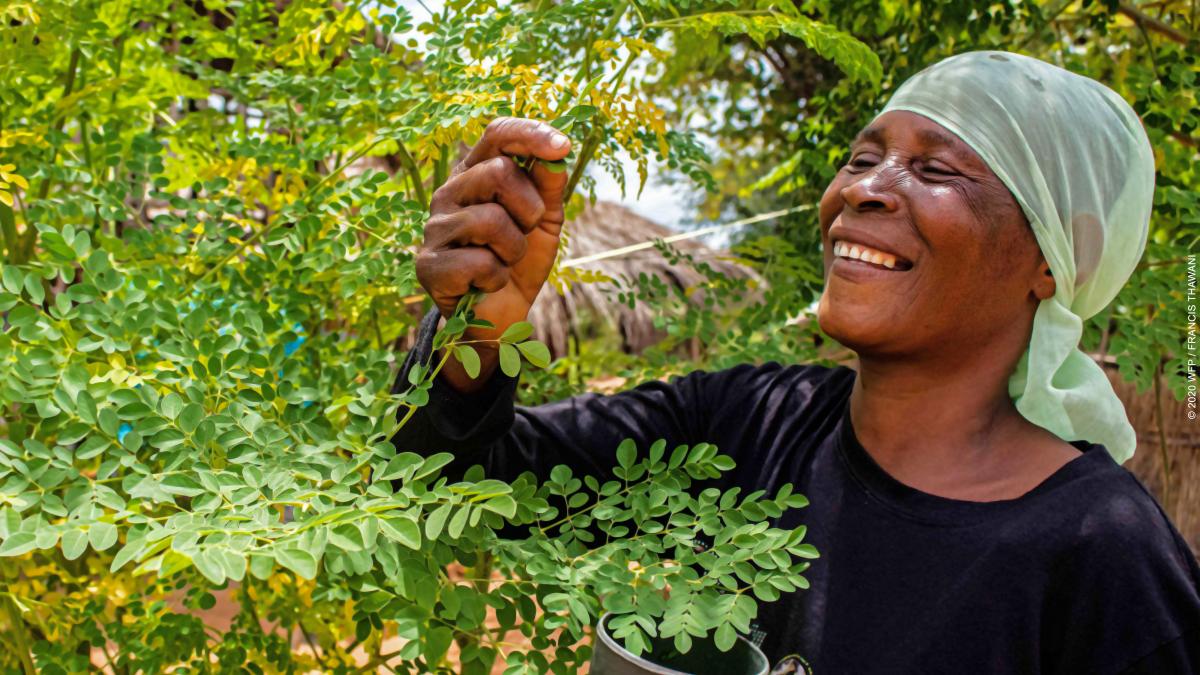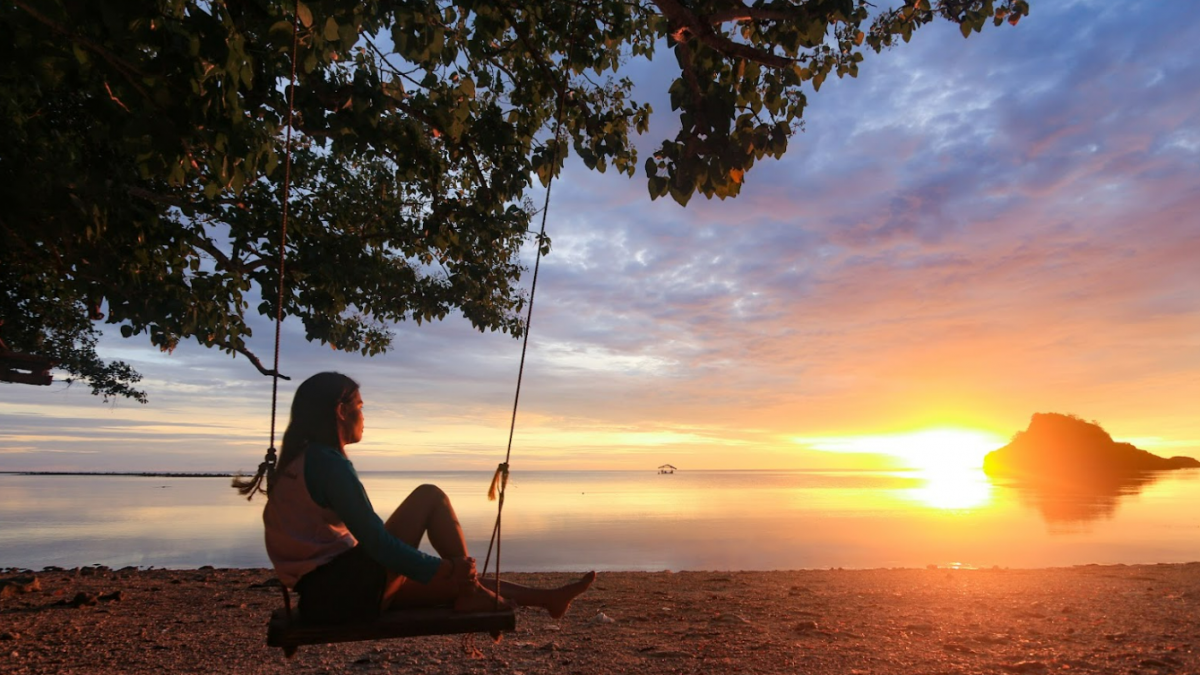The Democratic Republic of Congo (DRC) is endowed with rich biodiversity, vast arable land, and minerals that are critical to the green energy transition. DRC’s economy is largely dependent on rainfed agriculture and mining, each susceptible to climate variability and change. Projected increases in temperature, more extreme weather events, and changes in total precipitation and rainfall variability are likely to exacerbate social vulnerability, food insecurity, high rates of poverty, and political instability.
The 2021 Notre Dame Global Adaptation Initiative Index ranked the DRC as the fourth least ready country to address climate shocks and the seventeenth most vulnerable country to climate change in the world. The majority of DRC’s agriculture is rain-fed, which is highly vulnerable to the impacts of climate change. Agriculture accounts for 40 percent of national gross domestic product (GDP) and is the primary source of livelihood for most Congolese, employing 70 percent of the country’s population. Climate change impacts imperil agricultural livelihoods for millions of Congolese and increase the risks to this important driver of economic growth in the DRC.
The primary contributors to the DRC’s greenhouse gas (GHG) emissions are land-use change and forestry (86 percent), followed by waste (11 percent), energy (0.86 percent), and agriculture (0.61 percent). Since 2010, deforestation in the DRC has increased significantly, and was second highest in deforestation only to Brazil in 2020.
Government of The Democratic Republic of Congo Climate Priorities
The DRC ratified the United Nations Framework Convention on Climate Change in 1997, the Kyoto Protocol in 2005, and the Paris Agreement in 2015. The DRC’s October 2021 updated NDC is a commitment to a 21 percent reduction in emissions from 2021 to 2030, with 19 percent to be achieved with external support, while 2 percent is based on national efforts. This equates to an estimated mitigation level of up to 650 metric tons of CO2 by 2030. The NDC identified energy, agriculture, forestry and other land use and waste as the priority sectors for mitigating GHG, as well as 52 priority adaptation actions. The country's National Program of Action for Adaptation to Climate Change (NAPA, 2006) and National Adaptation Plan to Climate Change (2022-2026) identified urgent and priority adaptation actions in the water resources, forestry, and agriculture sectors, as well as in the country’s coastal zones. The DRC’s NDC budget is estimated at 48.68 billion U.S. dollars (USD), of which 25.60 billion USD is for the implementation of pledged mitigation initiatives and 23.08 billion USD is for priority adaptation actions.
USAID’S Climate Change Program: Objectives and Results
USAID supports the DRC government’s development and climate priorities through a series of programs and partnerships across the renewable energy and natural climate solutions sectors.
Adaptation
With respect to anticipated climate change impacts, the DRC’s primary adaptation efforts are focused on the country’s most vulnerable sectors: water resources, agriculture, land use and forestry, sanitation, health, and energy.
Key Programs
Through the Feed the Future initiative, USAID is improving the agriculture sector’s ability to adapt and mitigate the impacts of climate change through a suite of activities. For example, climate smart agriculture practices are increasing the quantity and quality of maize and cassava resulting from improved soil, water, and pest management techniques. The initiative is also supporting new research on climate-resilient varieties of cassava, specific to the DRC. Moreover, the initiative is promoting green manure techniques and improved pest management practices for controlling the Fall Armyworm, which farmers are adopting throughout the country.
Renewable Energy
USAID, through Power Africa, is working to increase electricity access through engaging leaders, hosting regular planning discussions, as well as improving business-friendly policies and initiatives. Through partnerships with private sector actors, USAID supports shifts away from the use of fossil fuels at the community and household levels, including access to renewable energy from hydropower and solar energy.
Through the Responsible Minerals Trade (RMT) portfolio, USAID provides assistance for facilitating sustainable trade and investments. The goal is to identify opportunities to support environmentally friendly sustainable and clean mining practices for critical minerals and increase social resilience to the effects of climate change. Given the concentration of critical minerals in the DRC and the skyrocketing demand for green technologies and renewable energy, USAID’s RMT activities scale lessons learned from USAID’s conflict mineral work, located in some of the most vulnerable communities in the country. USAID supports the global Public-Private Alliance for Responsible Minerals Trade, a unique forum that provides supply chain actors, particularly those far downstream located in the U.S., an opportunity to collaborate to increase responsible minerals sourcing. In fiscal year (FY) 2022, USAID, member companies, and the Department of State, broadened the partnership beyond conflict minerals to include additional minerals, such as those needed to facilitate the green energy transition to electric vehicles. The sustainable extraction and processing of minerals and metal minimizes the social, environmental, and climate footprint throughout the value chain.
Key Results
Key results from USAID’s support to the DRC government to improve access to renewable energy include:
- Established two new energy agencies, including the new electricity regulatory agency and the rural electrification agency, which provide essential oversight to the sector and lead electrification efforts.
- Supported the government to implement the 2014 electricity code by drafting over two dozen decrees, orders, and regulations, of which 14 have already been adopted.
- Provided 1,434 households and 44 businesses access to clean and renewable electricity in FY 2020 from a hydropower plant.
- Leveraged over $77 million USD to provide reliable, affordable energy to the city of Goma.
- Enabled the establishment of 78,155 new grid and off-grid direct connections (10,386 in FY 2020).
- Mobilized a $2.25 million USD investment for clean energy projects, which will continue to demonstrate the opportunities for off-grid companies in the DRC.
- Installed ten power usage effectiveness (PUE) devices.
- Trained 66 people in technical energy fields.
Natural Climate Solutions
USAID’s Central Africa Regional Program for the Environment (CARPE), SilvaCarbon, and Sustainable Wetlands Adaptation and Mitigation programs support sustainable land use practices in the DRC by improving management of primary and secondary forests, establishing sustainable financing models for community forest concessions through private sector partnerships, and developing and promoting alternatives to charcoal. Additionally, USAID provides technical assistance and capacity building to government agencies for improved data and analytical tools, monitoring, reporting, and verification (MRV) systems, and implementation of best practices and new approaches for effective policy development and data-driven decision making.
Key Results
Key results from USAID’s support to the DRC government to reduce land-based emissions and build climate resilience include:
- Reduced, sequestered, or avoided the emission of 53 million tons of GHG over the previous five years.
- Improved management of over 17.1 million hectares of biologically sensitive forests.
- Supported the establishment of 1,372,799 hectares of community forest concessions dedicated to improved forest management led by local communities.
- Produced and distributed 13,891 improved stationary and mobile stoves, which reduce household energy consumption by 60 percent and generate an estimated savings of approximately $30 USD per household per month.
- Supported access to clean and affordable cooking gas, to reduce the use of charcoal for cooking, the main driver of deforestation in DRC. To date, 22,315 households shifted from charcoal to gas for cooking in Goma and Bukavu cities.
- Trained 27,600 individuals from state institutions and non-governmental organizations on climate change mitigation and natural climate solutions.
For More Information




